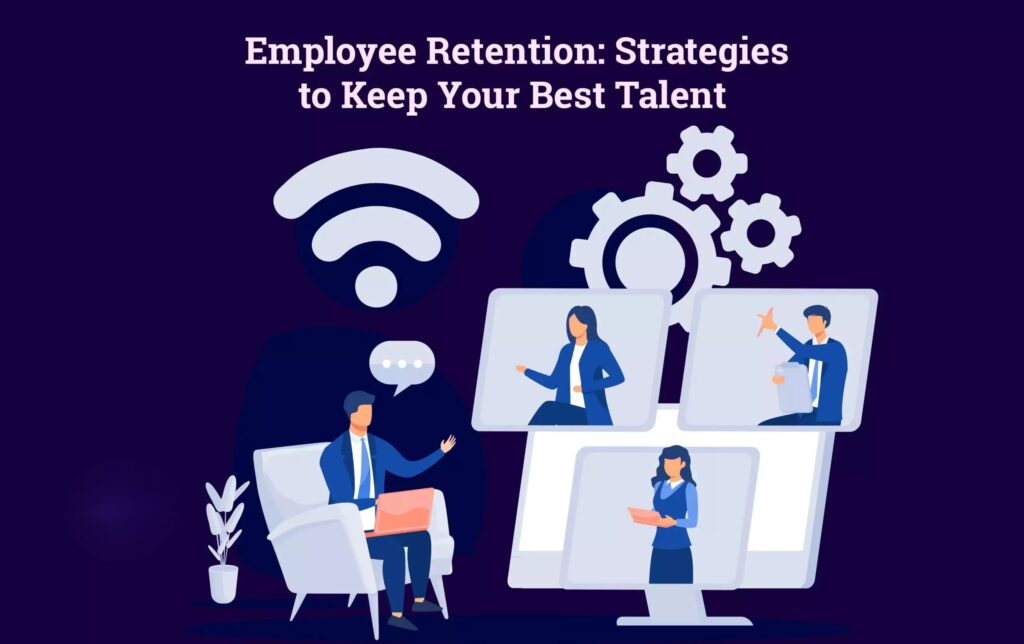Creating a sustainable workforce is vital for the growth and success of small businesses, particularly when managing part-time staff. Part-time employees are invaluable in offering flexibility, lowering operational costs, and meeting variable workload demands. However, building and retaining a team of skilled part-time workers demands strategic planning and deliberate efforts.
Why Part-Time Staff Are Vital for Small Businesses

- Cost Efficiency: Part-time employees reduce labor costs by working fewer hours while still meeting business demands.
- Flexibility: Part-time staff offer scheduling flexibility, especially for businesses with peak hours or seasonal needs.
- Diverse Talent Pool: Hiring part-time workers allows businesses to tap into diverse groups, including students, retirees, or professionals seeking work-life balance.
- Business Growth: Part-time employees can bridge the gap during expansion or help in specific roles without the commitment of full-time employment.
Challenges in Hiring and Retaining Part-Time Staff

- High Turnover Rates: Part-time employees often seek temporary roles, leading to frequent staff changes.
- Limited Engagement: Part-time workers may feel less connected to the organization.
- Scheduling Conflicts: Managing availability and shifts can be challenging.
Finding Part-Time Staff: Proven Strategies

1. Leverage Online Job Portals
- Use platforms like Indeed, Monster, or LinkedIn to post part-time opportunities.
- Highlight flexibility and growth potential in the job description.
2. Tap Into Local Networks
- Collaborate with local colleges, universities, and community organizations to reach students or professionals seeking part-time roles.
- Advertise positions in local job fairs or community bulletin boards.
3. Utilize Social Media
- Use targeted ads to reach specific demographics interested in part-time work.
4. Offer Employee Referral Programs
- Encourage current employees to refer potential candidates.
- Provide small incentives like bonuses or gift cards for successful hires.
5. Create an Appealing Job Listing
- Be Transparent: Clearly state the job responsibilities, hours, and pay range.
- Highlight Benefits: Include perks like flexible schedules, training opportunities, or employee discounts.
- Showcase Company Culture: Highlight your business’s values and positive work environment.
Retaining Part-Time Staff: Best Practices

1. Foster a Positive Work Environment
- Foster a welcoming and inclusive work environment where every employee feels appreciated and respected.
- Encourage open communication and provide regular feedback.
2. Offer Flexibility
- Allow employees to choose shifts that align with their personal schedules.
- Implement self-scheduling tools or apps to simplify shift management.
3. Provide Training and Development
- Invest in onboarding programs to help part-time employees acclimate to their roles.
- Offer ongoing training to build skills and prepare employees for future opportunities.
4. Recognize and Reward Efforts
- Acknowledge hard work through verbal praise, awards, or incentives.
- Celebrate milestones like work anniversaries or exceptional performance.
5. Offer Competitive Benefits
- While full-time benefits may not be feasible, consider perks like:
- Discounted products/services.
- Paid time off for long-term part-time employees.
- Flexible work-from-home options for certain roles.
Creating a Sustainable Workforce: Key Considerations

1. Understand Employee Needs
- Conduct regular surveys or one-on-one meetings to understand employee expectations.
- Adapt policies based on feedback to improve satisfaction and retention.
2. Build a Strong Employer Brand
- Highlight your commitment to employee well-being through social media and local outreach.
- Share testimonials or success stories of part-time employees who thrived in your company.
3. Embrace Technology
- Use scheduling software like Shiftboard, When I Work, or Deputy to streamline shift planning.
- Implement communication tools like Slack or WhatsApp to keep part-time staff informed and engaged.
4. Maintain Compliance
- Ensure adherence to local labor laws, including overtime pay, working hours, and breaks.
- Provide clear contracts outlining job terms to build trust and transparency.
Examples of Successful Part-Time Staffing Models

1. Retail Stores
Retailers like grocery stores and clothing brands rely on part-time staff for peak hours. They offer flexible shifts and employee discounts to attract talent.
2. Food and Hospitality
Restaurants often hire part-time servers and cooks. Retention strategies include tips sharing, flexible schedules, and opportunities for full-time roles.
3. E-commerce Businesses
E-commerce companies hire part-time warehouse workers or customer service representatives during peak seasons. Employee appreciation programs and bonuses are common retention tools.
Benefits of Building a Sustainable Part-Time Workforce
- Improved Employee Morale: Valued employees are more productive and committed.
- Lower Recruitment Costs: Retaining staff reduces hiring expenses and training efforts.
- Enhanced Customer Experience: Experienced employees provide better service.
- Business Growth: A stable workforce allows small businesses to focus on scaling operations.


